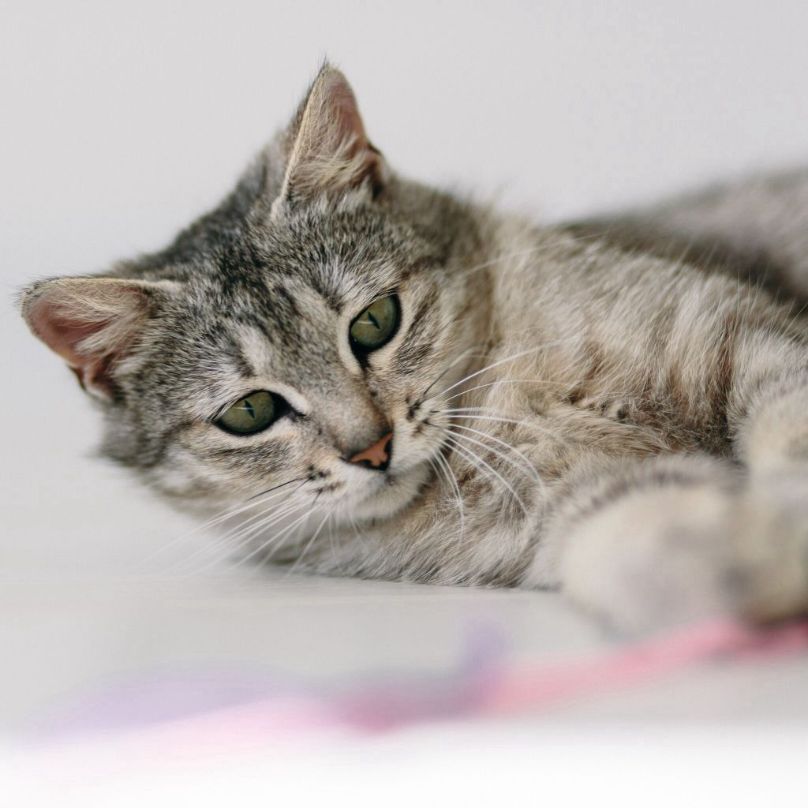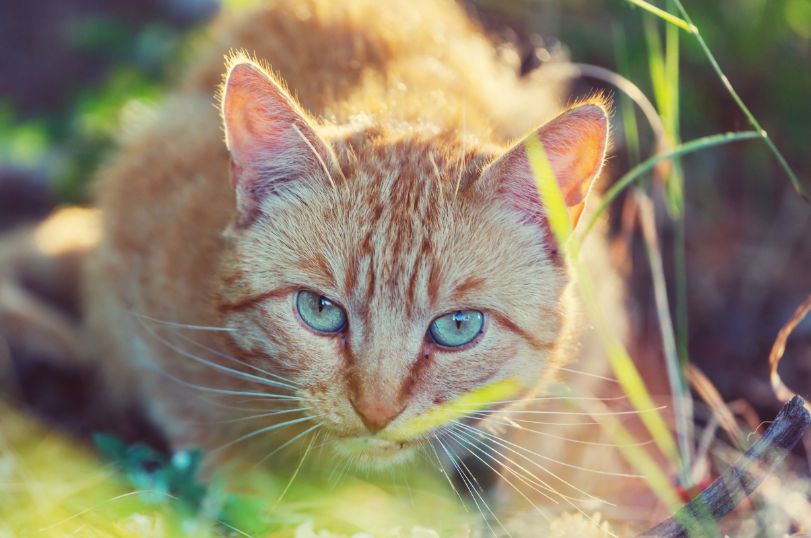
Getting a Cat to Take Pain Medicine: 5 Helpful Tips
It’s hard for cat owners to know their cat is sick. You may feel helpless and not know what you can do to make them feel better. Sometimes different illnesses require your cat to take pain medicine in order to feel better.
Use these 5 helpful tips on how to give your cat pain medicine to make the process easier and less stressful for both of you and your cat.
Cat Pain Medicine
If your cat is in pain or limping around the house you want to make them feel better. Don’t try to give your pet medications for humans because this can do more harm than good.
Talk to your vet about your options. Your vet may recommend a common cat pain medicine or even full spectrum CBD if you want to take a more natural approach.
Your vet will recommend medicine and a dose that will help your cat. They could even recommend CBD and encourage you to explore CBD for your cat. The amount of CBD oil you give to your cat will differ from the amount you would give your dog. All of our dosing suggestions are based off of weight, so a dosage for your 10 lb cat will differ from a dosage you give to your 60 lb dog.
If you are considering CBD for your cat’s pain, talk to your vet about your options. There are many options to consider from broad spectrum, to full spectrum and CBD isolate.
Implementing a CBD regimen into your cat’s daily routine can end up being much less harmful than the pharmaceutical options available. As always, be sure to double check with your vet when implementing any new regimen with your sweet kitty. Keep reading to learn methods of giving medicine to your cat.
How to Hold Your Cat
For some cats simply holding them to give them medication can lead to extra stress. When it is time to give your cat their medicine approach them gently. Speak to them in a soothing gentle voice and scoop them up.
If there is no way to hold your cat and give them medication without getting scratched, wrap your cat up in a towel or blanket. Make sure their legs are fully supported so the feet do not dangle.
This can make your cat uncomfortable and insecure but it will only be for a short while. Ask a friend to help you retrain your cat and continue speaking to them softly throughout the process in order to keep them calm.
Some owners find it helpful to give their cat a treat after giving them their medication. If giving your cat medication is going to be a regular habit establishing a routine can help make it easier for your cat.

Give Medicine in Food
If you absolutely cannot hold your cat to give them medication you can try to put it in their food. This stealthy method works for cats who find it too stressful to be held down or cats who refuse to swallow pills.
Hide the pill in a dish of your cat’s usual food. If the medication is a liquid measure out how much food your cat normally eats in one sitting and squirt it onto the food in the proper dosage.
You want to avoid overfeeding your cat when giving them a liquid medicine because your cat will have to eat all of the food to get the proper dose.
Wet or semi-moist cat food works best for hiding a pill. For some cats, wet food is an exciting treat and it may persuade them to take the medication. Do not crush the pill up and put it in your cat’s food unless you know that your cat will not mind the change in flavor. Cats, as we know are not great when it comes to change. Adding a different flavor to something that they are used to can cause them to refuse the meal all together. If your cat is a picky eater, using something to mask the smell and taste is a better route to take.
Cat owners can also try to hide pills in a small ball of cat food or a pill pocket treat. Present the ball of food to your cat as a treat and it may persuade him or her to eat it.
If your cat still will not eat the pill in the food you may be tempted to try to give it to them with people’s food. Make sure that the food you are giving your cat is not harmful in any shape or form. Some cats can experience gastrointestinal distress from different types of people’s food.
Give Medicine by Hand
Sometimes you will have to give your cat medicine by hand. In this case, it is helpful to have a second person with you. Before you begin to give your cat their medicine by hand make sure you have everything you need nearby.
Face your cat away from you with their back against you. Some cat owners find it easier to tuck their cat into the crook of their arm so they can’t back away.
If they begin to squirm or claw at you it might be helpful to wrap them in a towel or blanket as we discussed previously. Once your cat is restrained you want to work quickly to give them the medication.
The best approach is from the side. Place your hand on the top of their head and the thumb and forefinger on either side of your cat’s cheeks. Then gently tilt their head open to allow their jaw to drop slightly.
Do not tilt their head back when giving medication because it can cause your cat to choke. Place the syringe or pill in the back corner of their mouth. Try to avoid putting your finger directly in their mouth if possible.
After the pill or liquid is inserting into their mouth shut their mouth and gently stroke them under the chin to encourage them to swallow. Some cat owners also find it you blow on their nose it can induce them to swallow.
If your cat doesn’t take the medication on the first try, don’t give up. Some cats take a try or two to get them to swallow. Simply repeat the process again.
After your cat takes the medication be sure to reward them with a treat so they associate the medication process with a reward.

Giving Pain Medicine to Your Cat Can be Difficult
Whether you have to give your cat pain medicine for a short while or long-term care, medicine for cats is necessary. Your cat can’t thank you in words but soon they will be feeling better.
Mile High Pet has a collection of all-natural, full spectrum CBD products that can help reduce your cat’s pain. Shop our collection of products that are made specifically with cats in mind.




